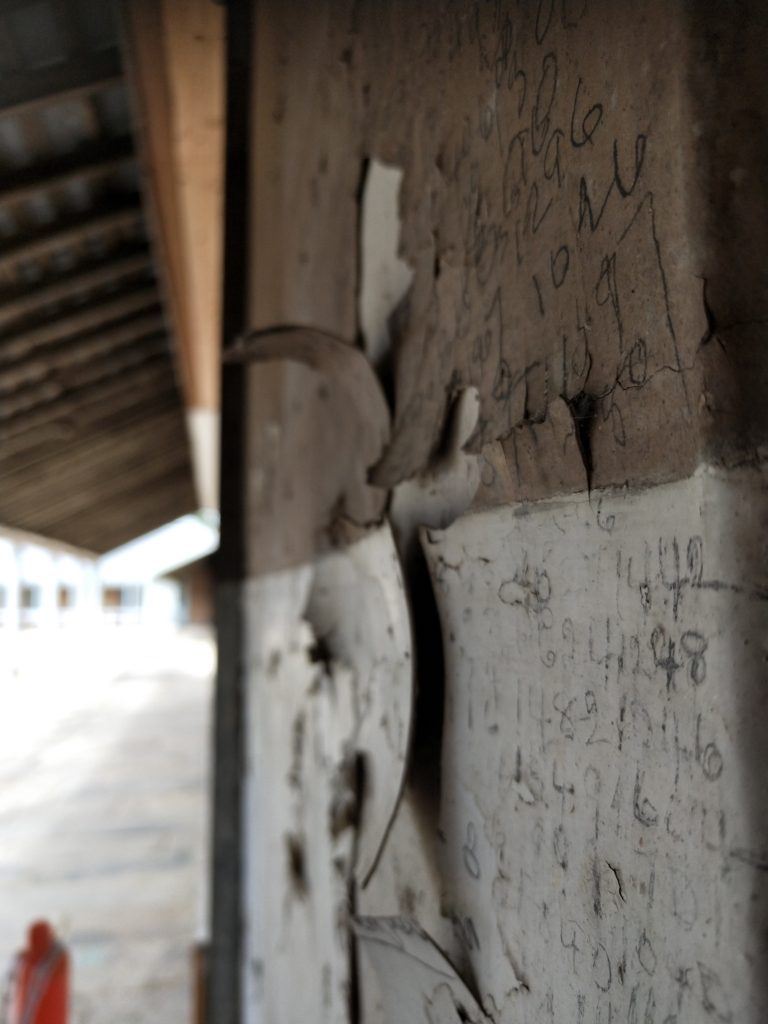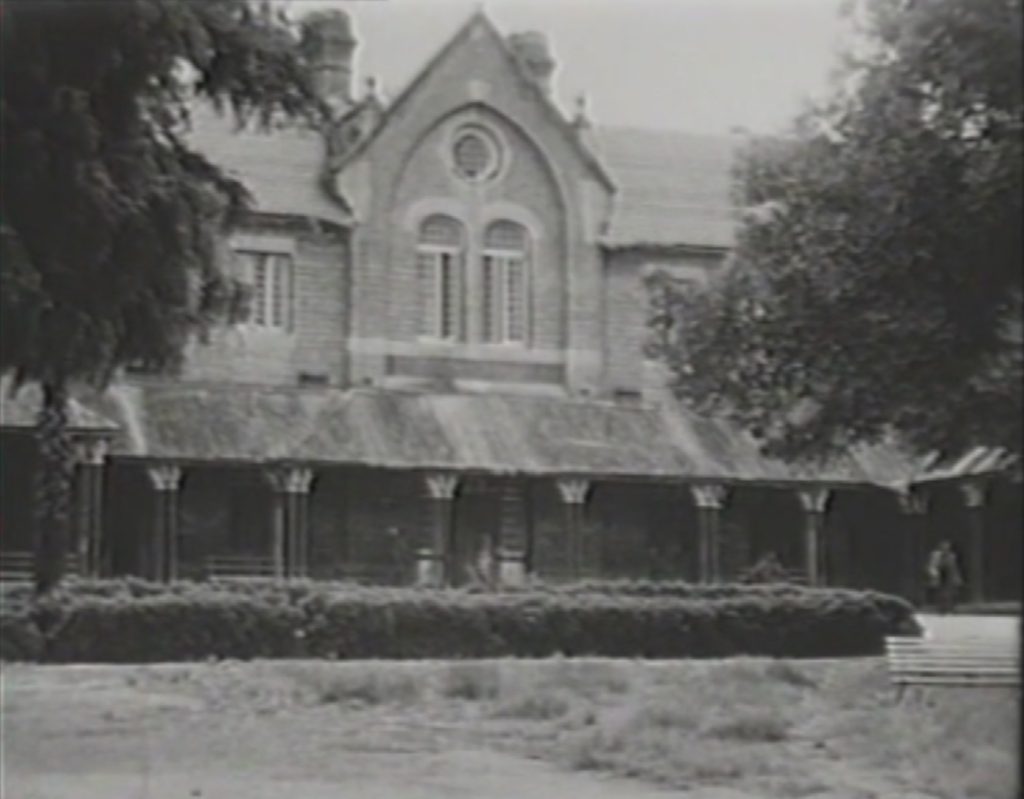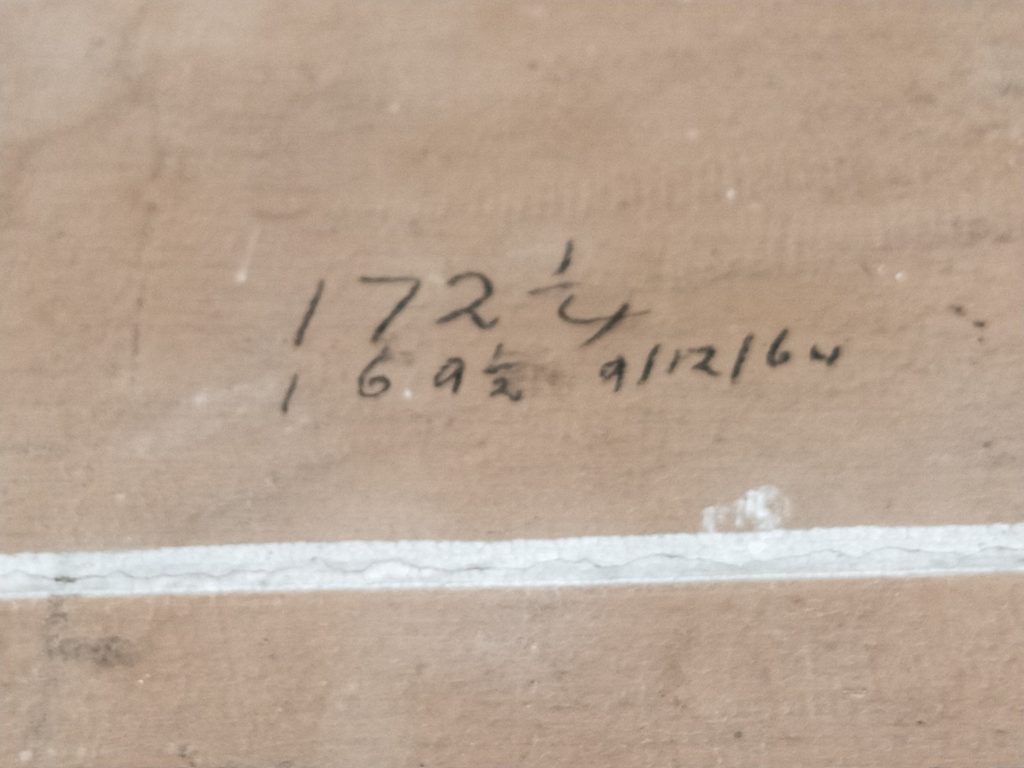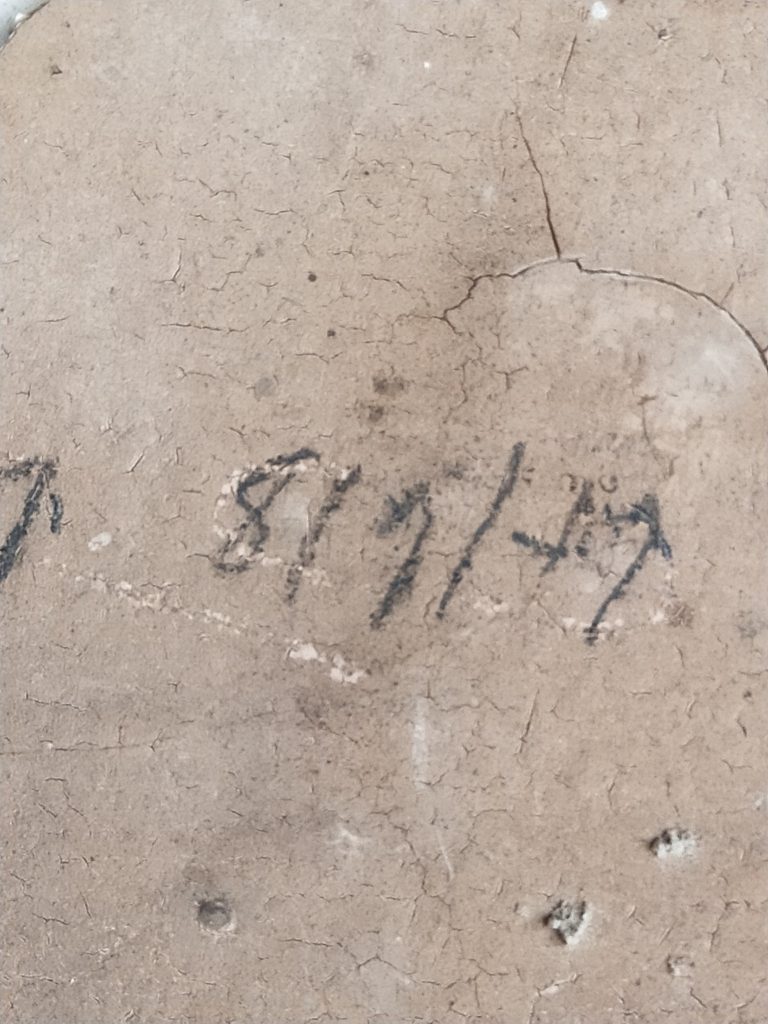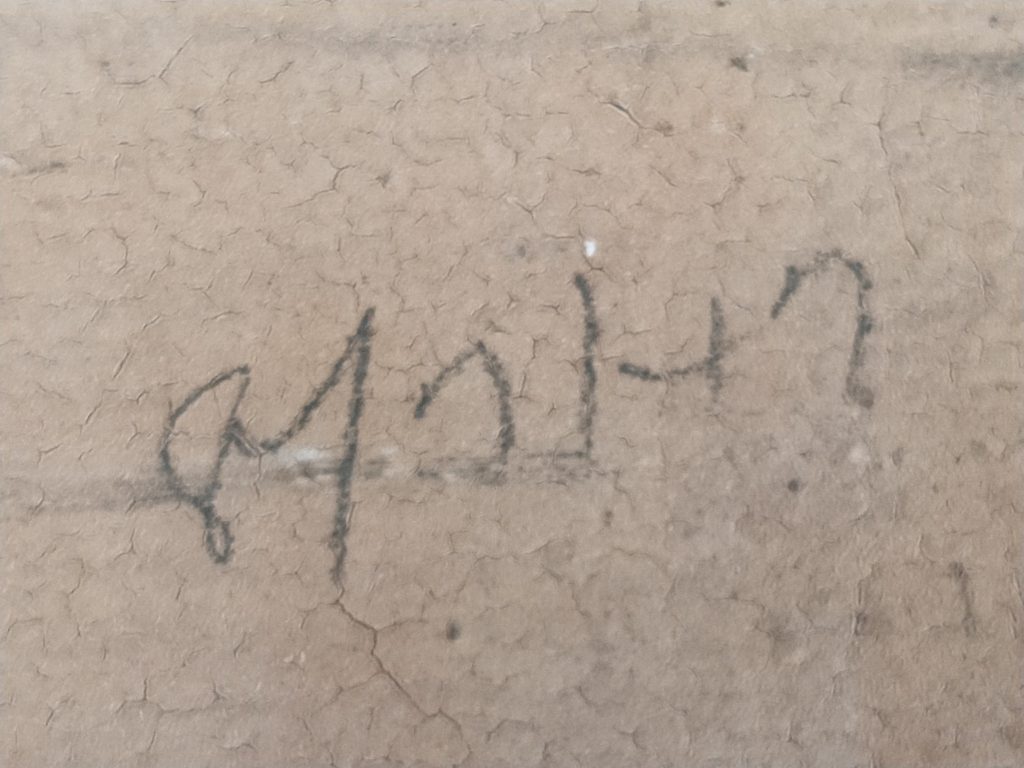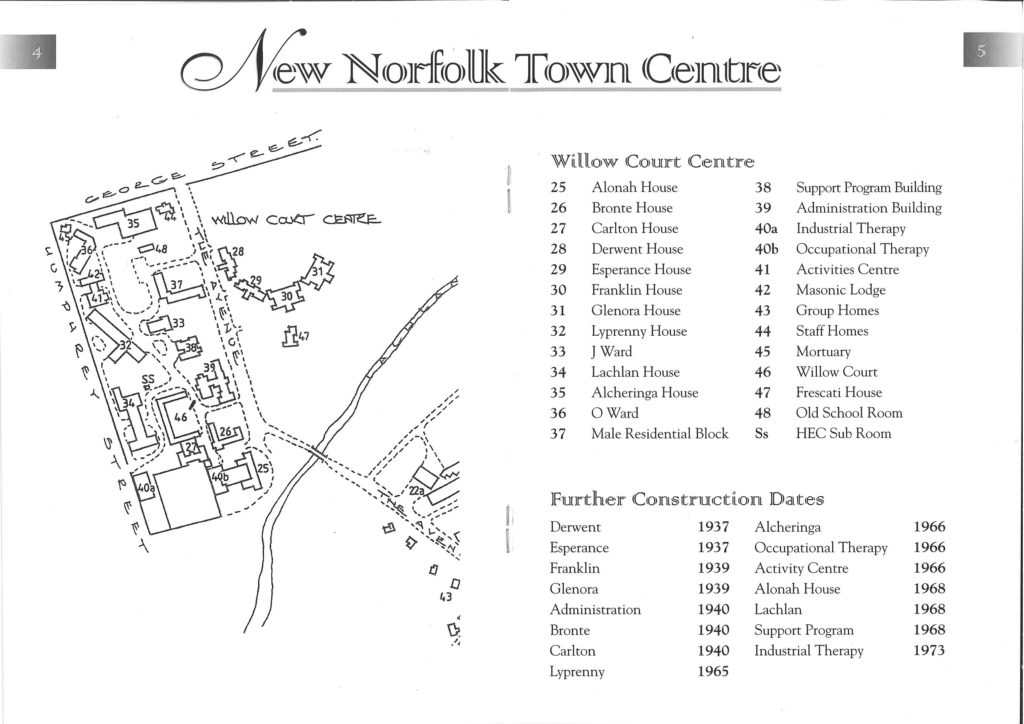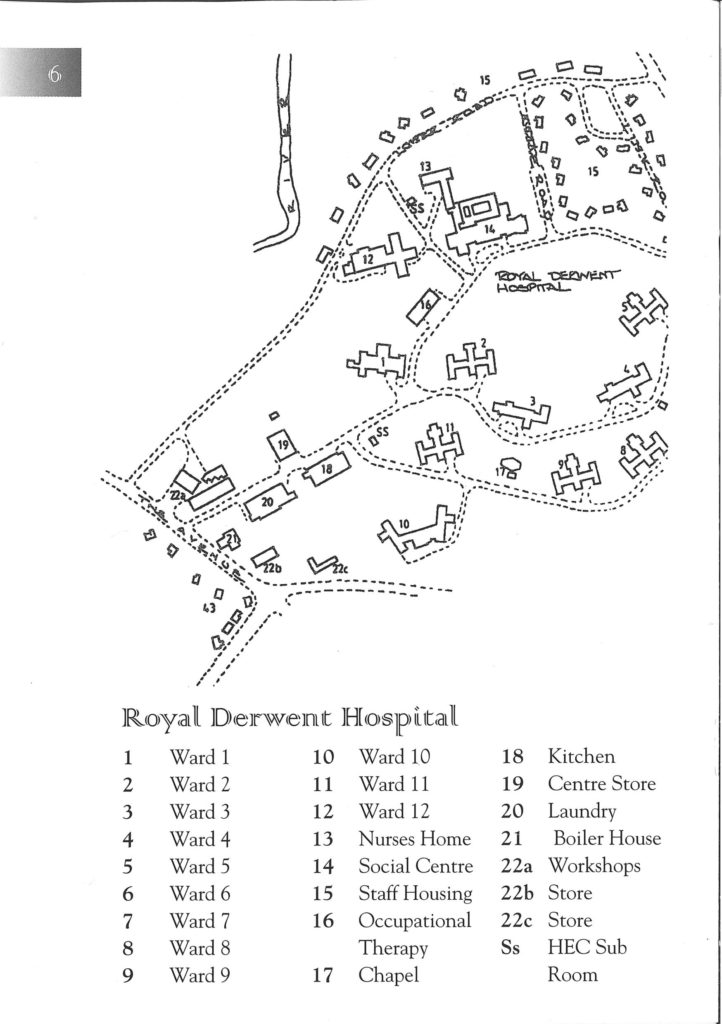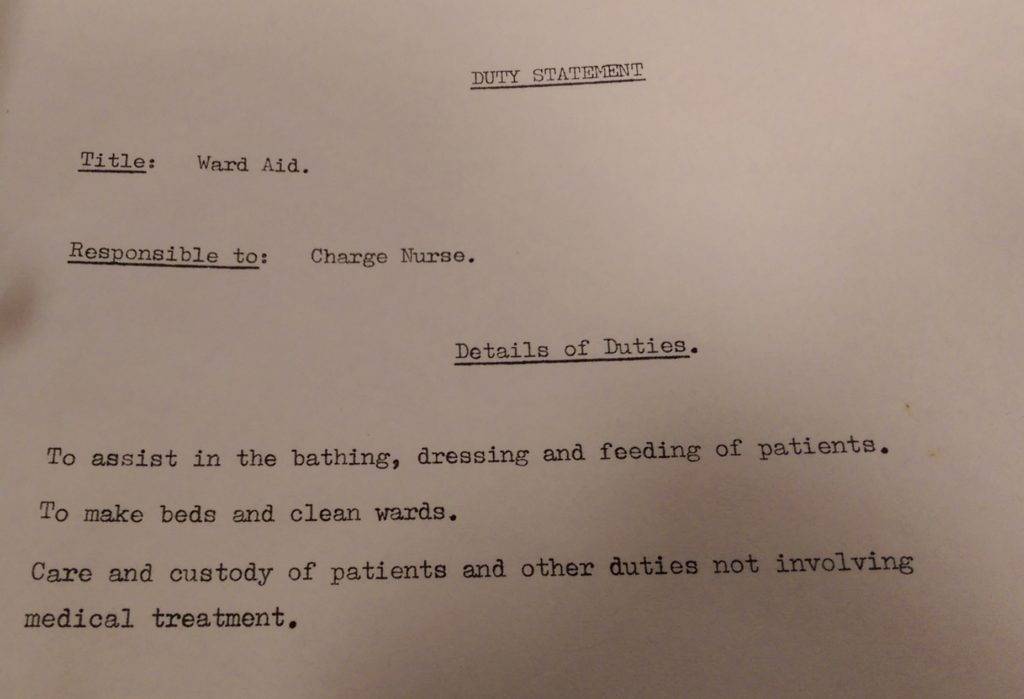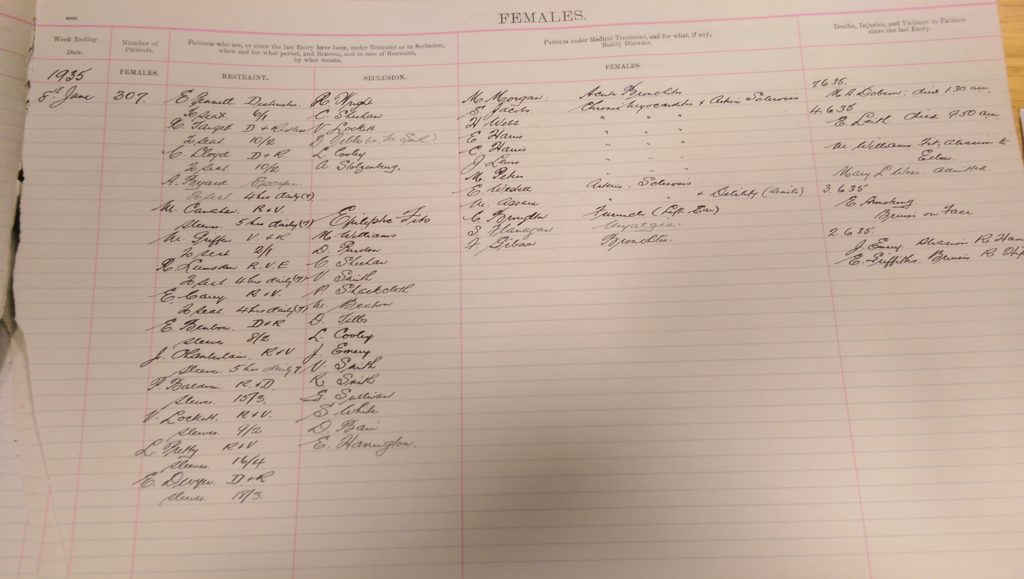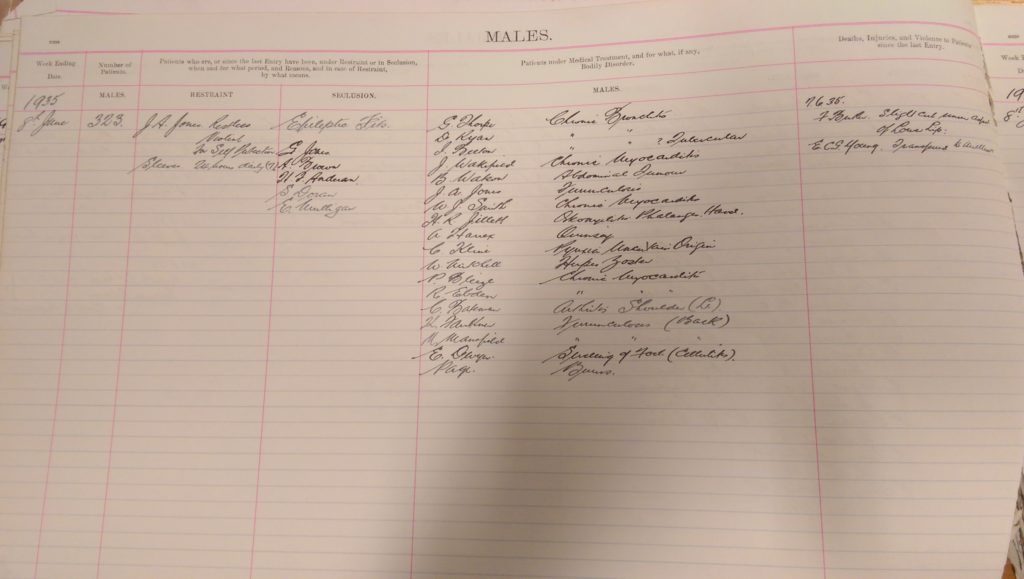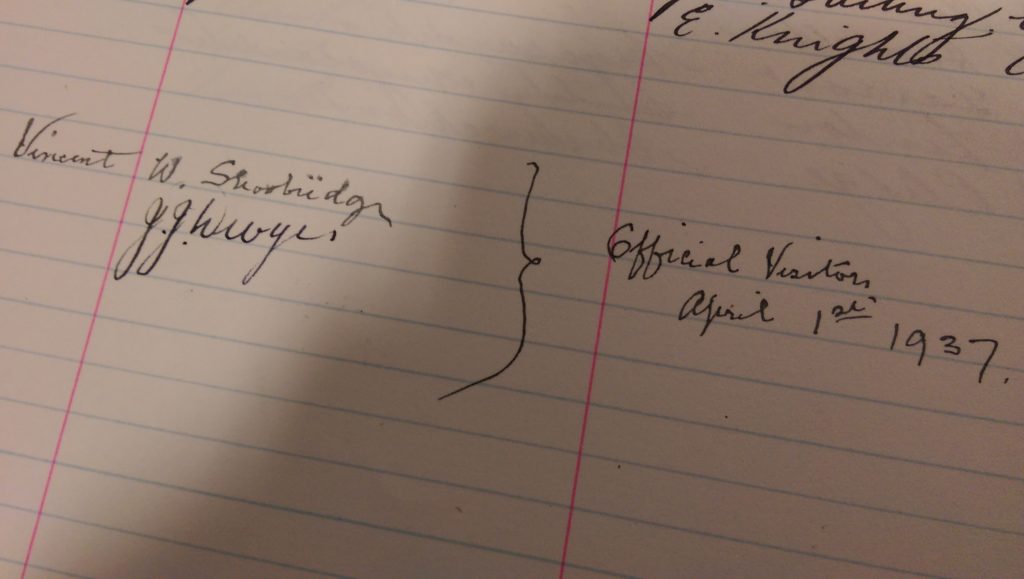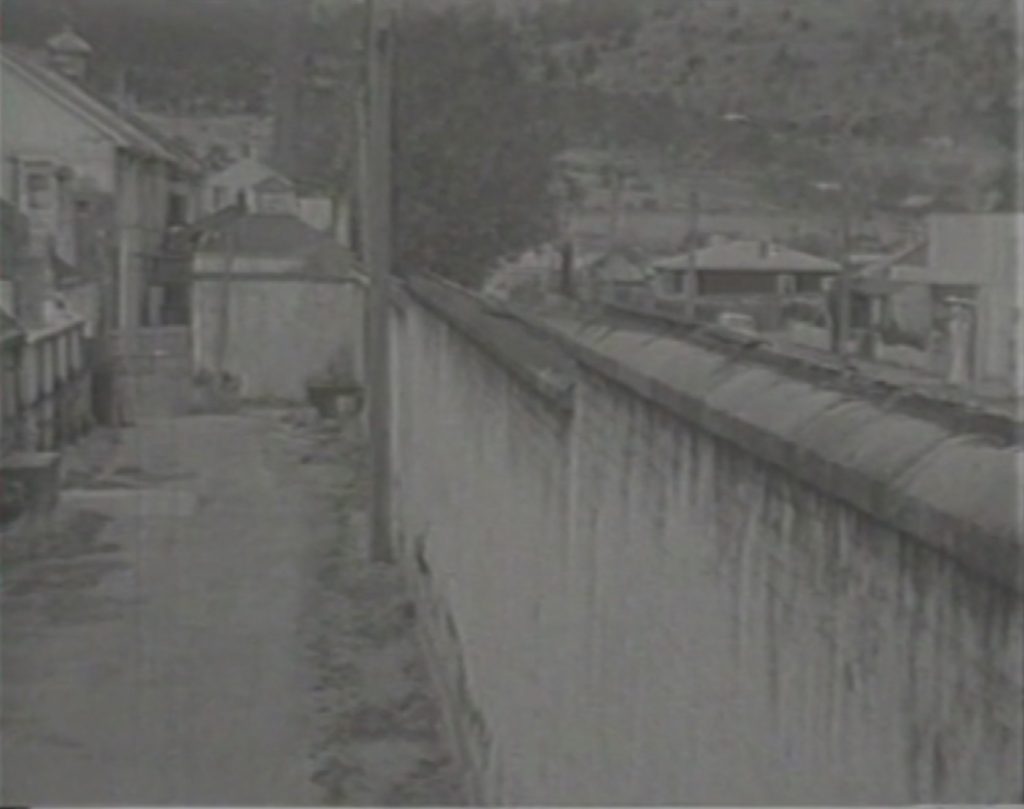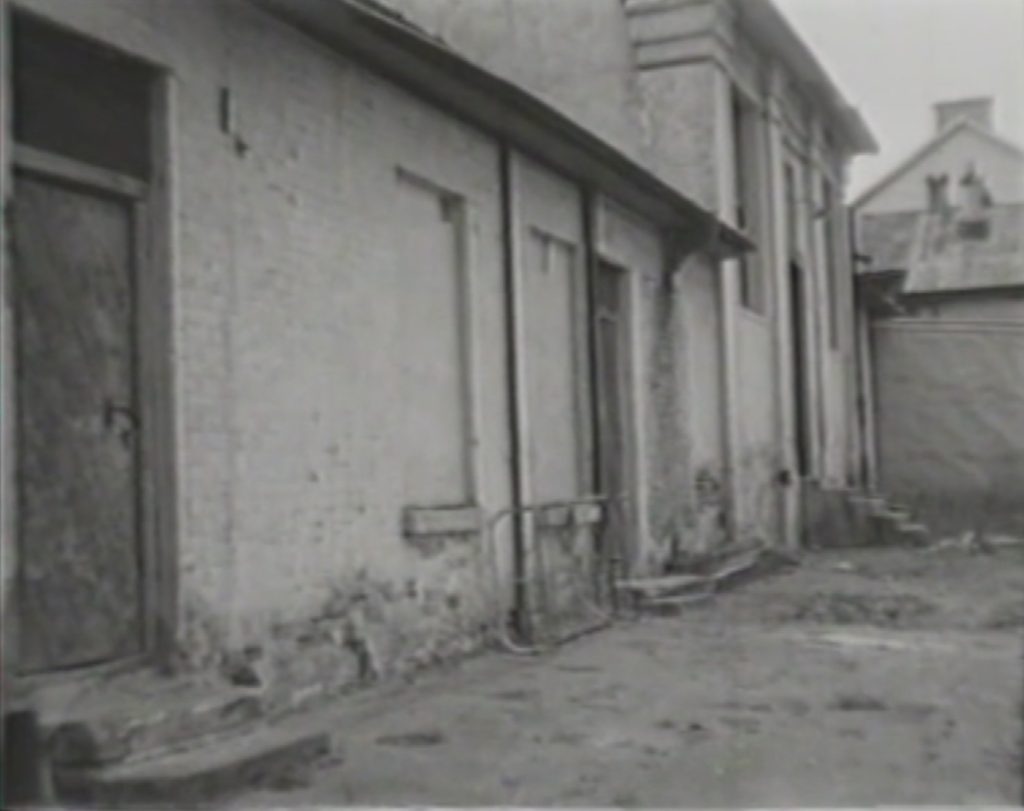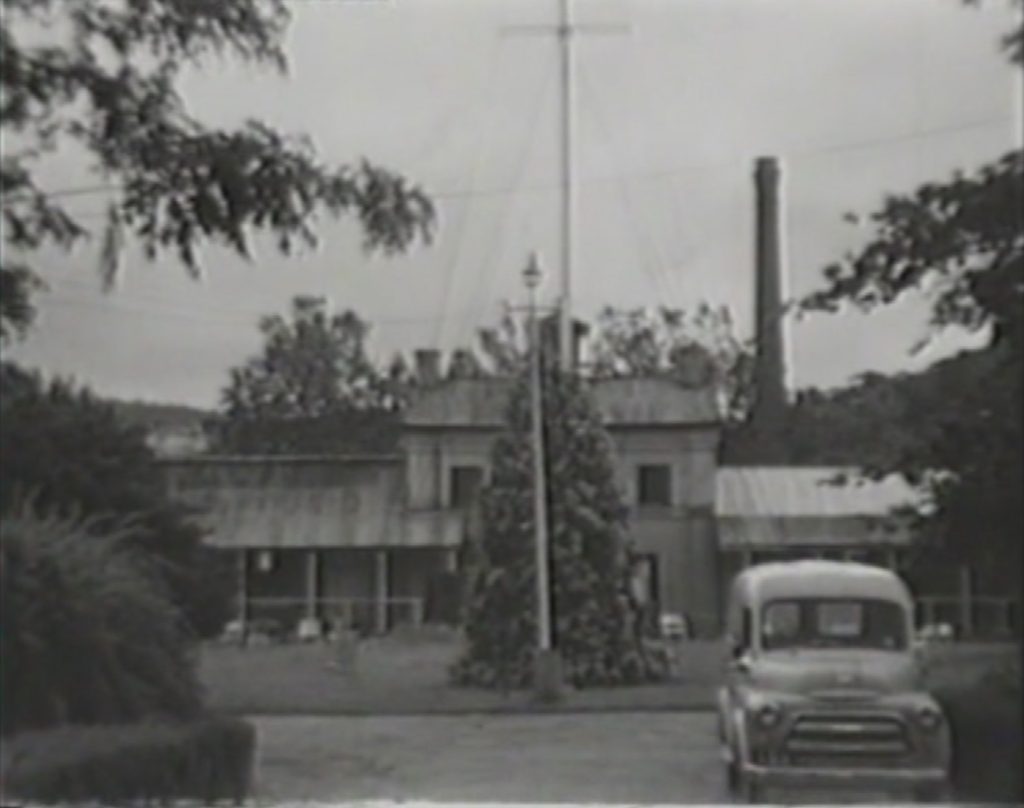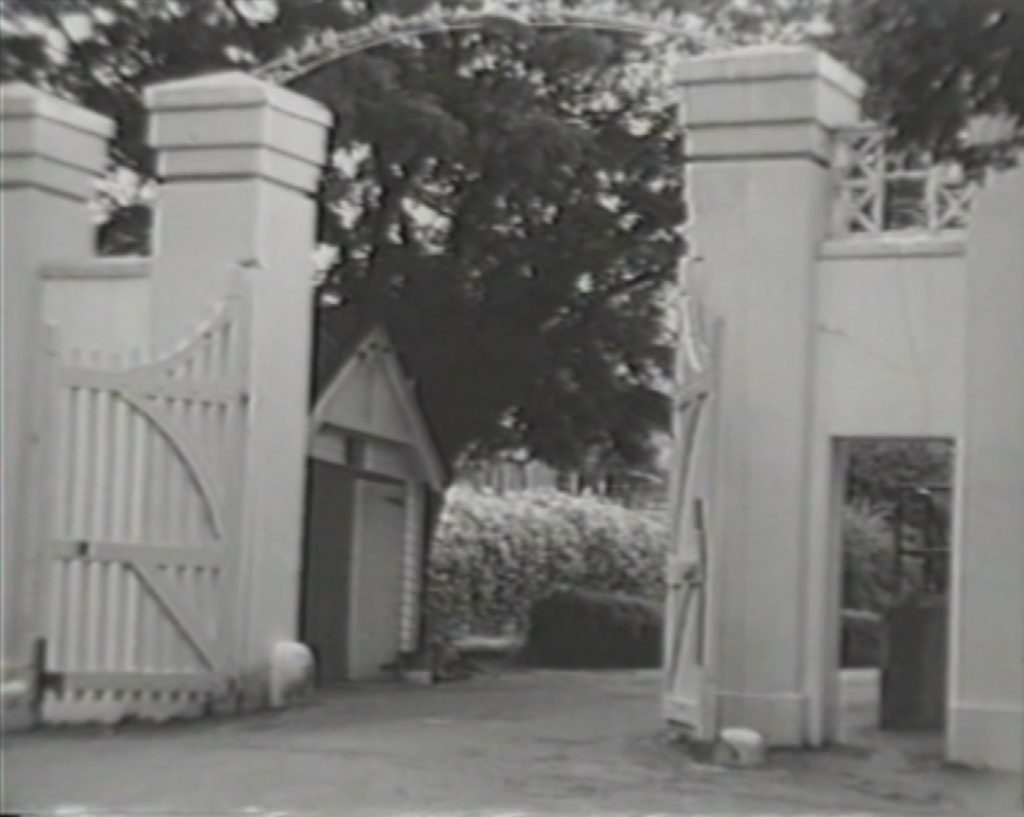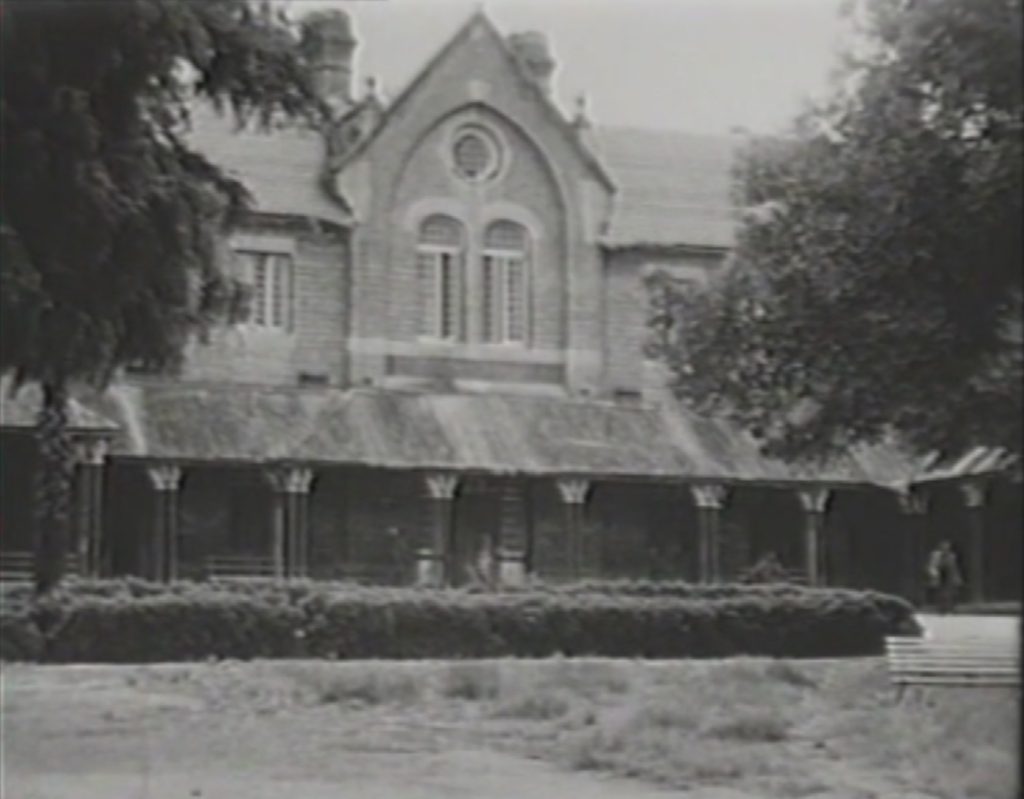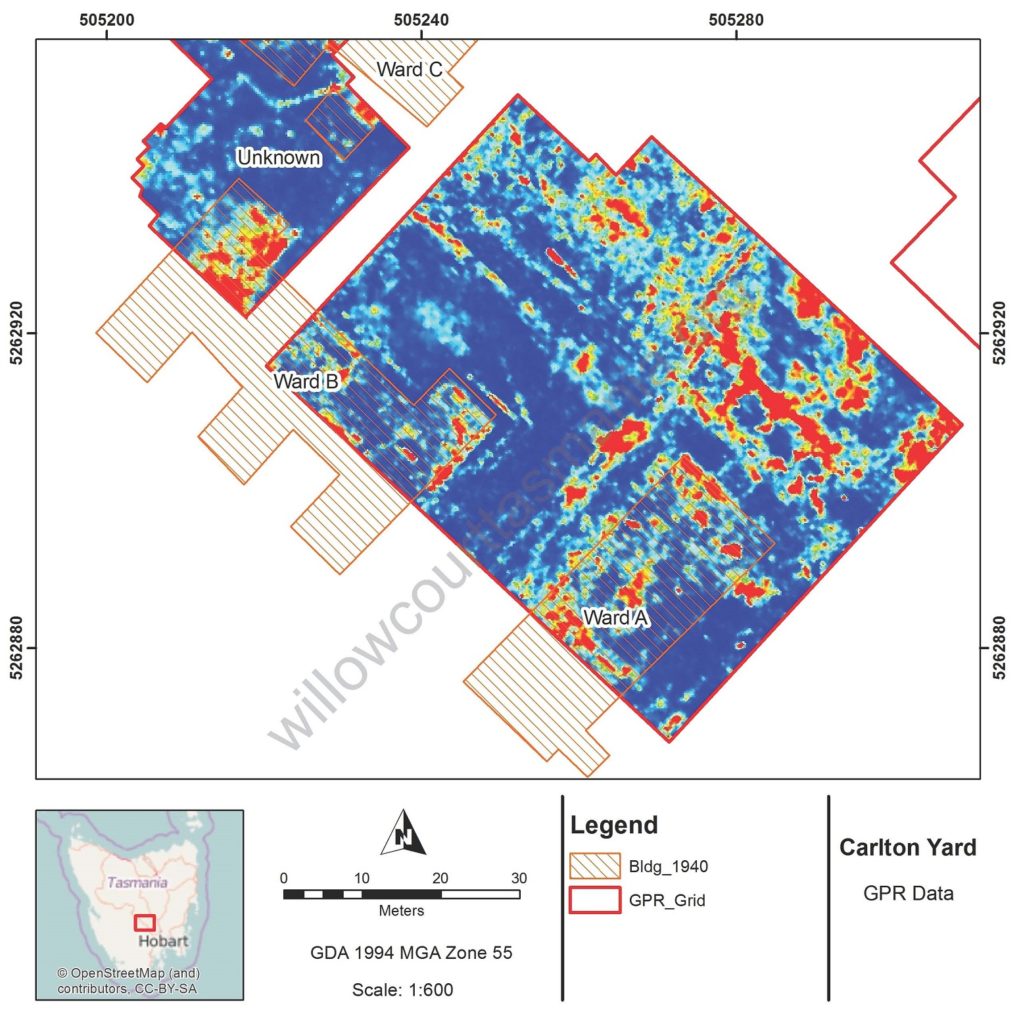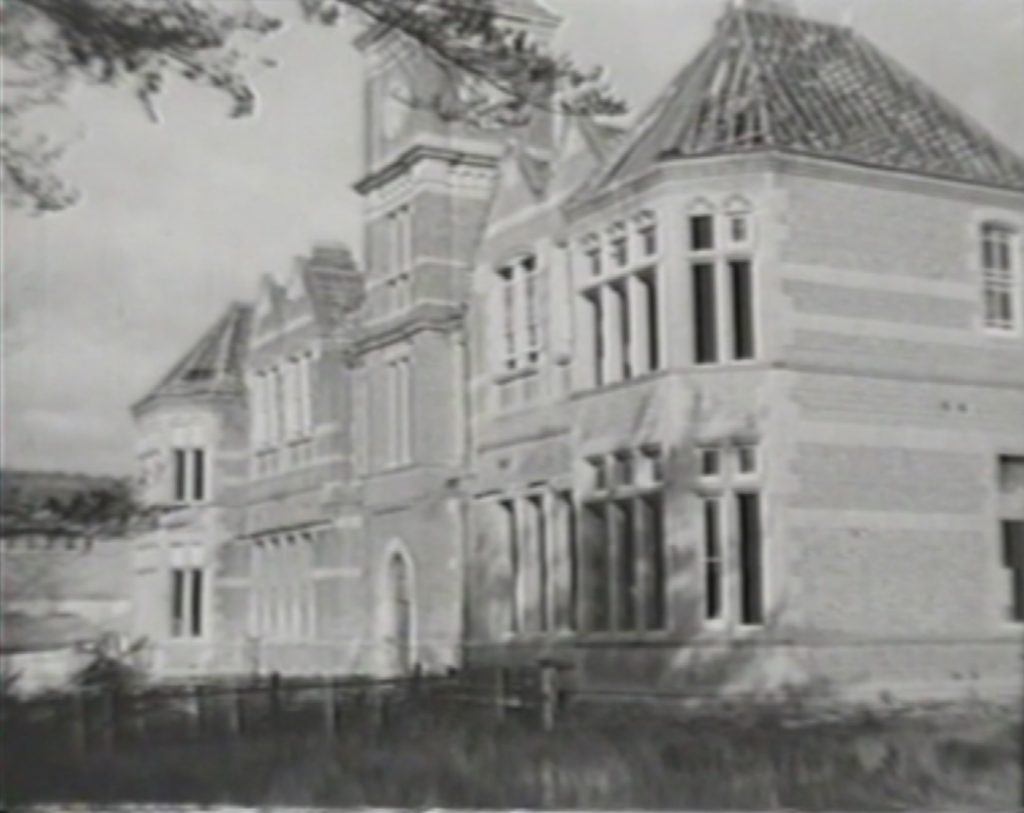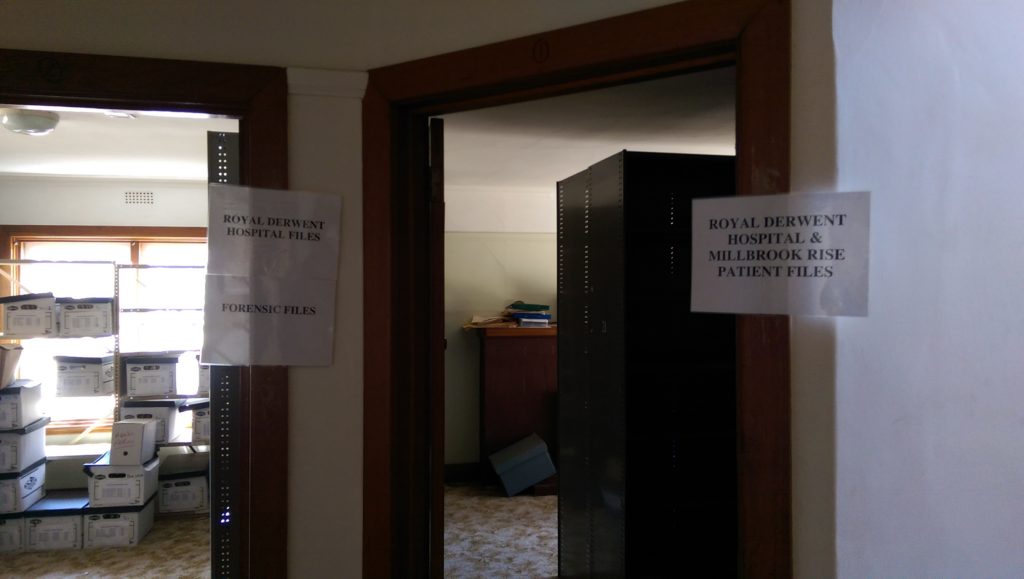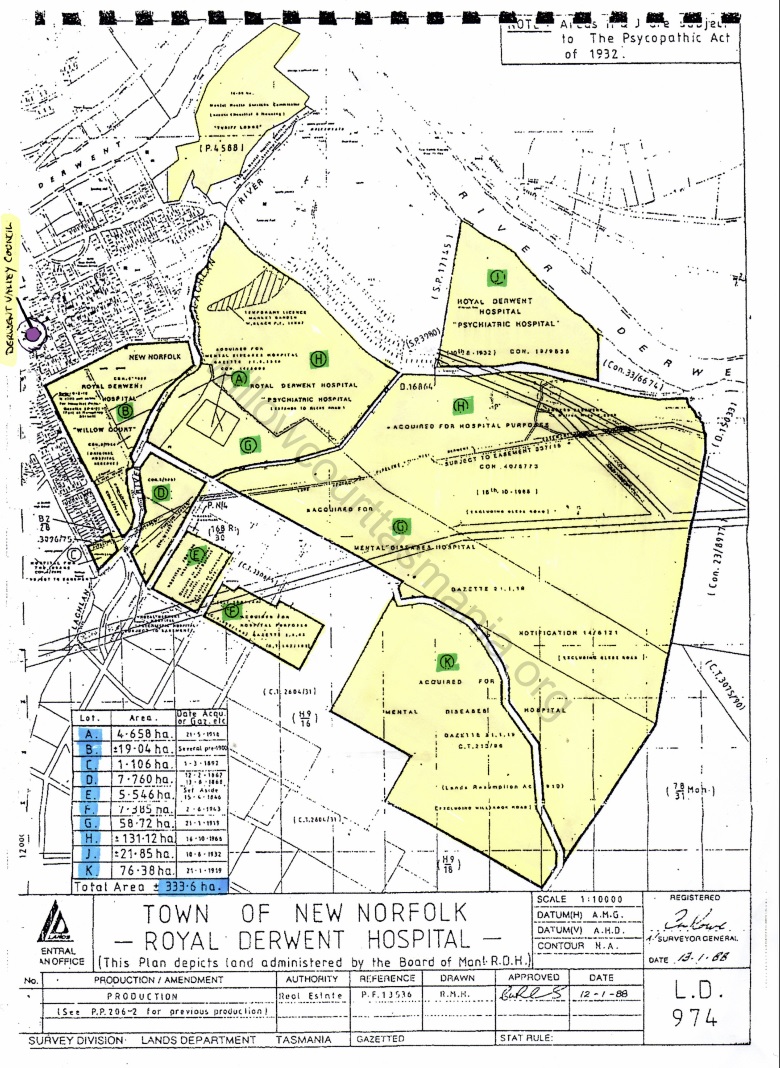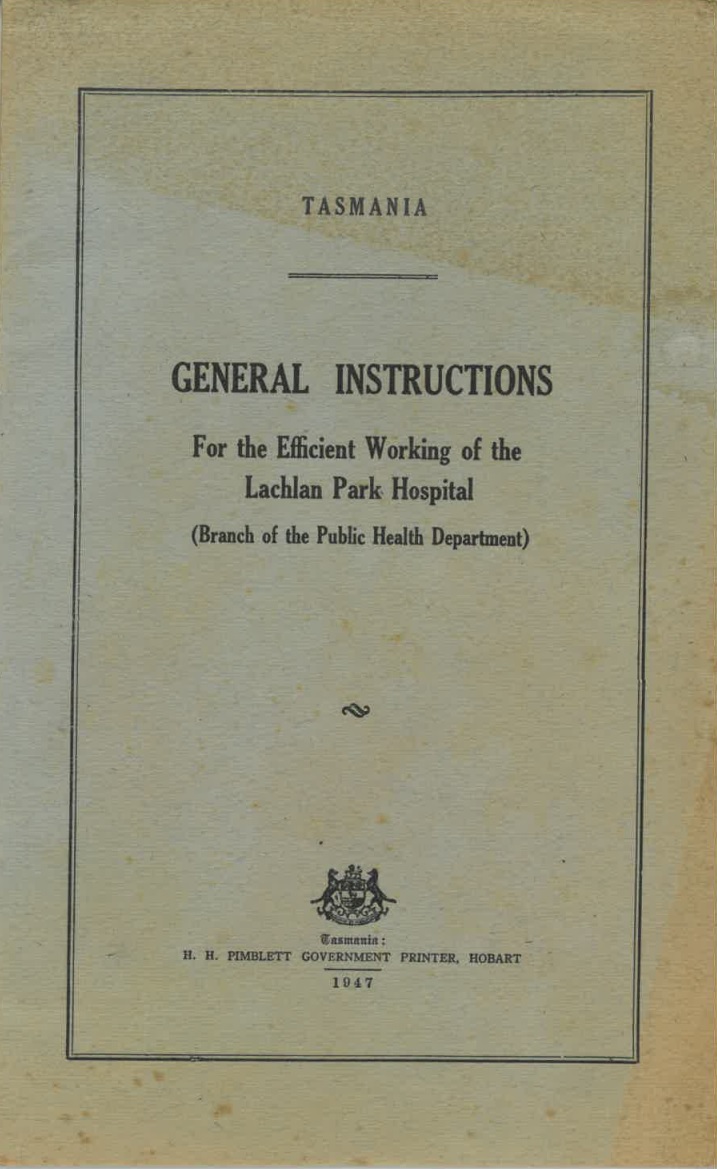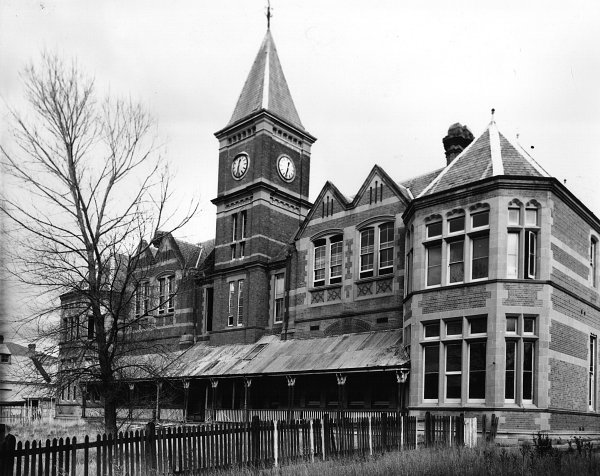
SOME PATIENTS AT LACHLAN PARK “HERDED LIKE ANIMALS” IN WET WEATHER SPEAKING of one of the female wards at Lachlan Park Hospital, New Norfolk, when giving evidence yesterday before the Public Works Committee, the Medical Superintendent (Dr. J. R. V. Foxton) said the present set-up was most likely to make patients irritable and violent.
On wet days they were herded like animals into a small space in which the air rapidly became foul.
Dr. J. R. V FOXTON made a general condemnation of the existing buildings, and said that, with few exceptions, they were of an extremely poor standard for a hospital. Dr. Foxton said the buildings were crowded in a small area, thus creating congestion and restriction of outlook detrimental to the patient. ‘ “In my opinion, no amount of remodelling or reconstruction can create, a satisfactory mental, hospital for 700 patients on the site,” said Dr. Foxton.
Plan Commended:
The plan to create an entirely new hospital on a new site had everything to commend it, Dr. Foxton said. If the present plans were put into effect within a reasonable time, the State would advance from the position of one of the most backward in providing for the treatment and care of mental disorders to that of providing as good a hospital as could be found anywhere in the world.
Dr. Foxton detailed the defects and merits of each ward. He said the effect of the female ward used as a reception and observation ward was bad. The dim dormitory, crude bathing facilities and cruder latrines (unsewered) must have a depressing effect on any woman used to any refinement at all. In addition, the ward contained many chronic patients with whom it was inadvisable for new arrivals to mix.
“Hemmed In”
The disturbed female patients’ ward was the least satisfactory of all. It was hemmed in by other wards. There was no outlook and it got very little sun in the Winter. The sanitary arrangements were very poor. On wet and cold days the patients had to be accommodated in the dining-room and a closed-in verandah.
The Tower building, Dr. Foxton said, contained 115 patients. For the number of patients, the yards were too small, and the surroundings in general had an adverse effect on many patients.
Working conditions for the staff were bad.
On wet days children in the idiots’ section had to be nursed in a large dormitory in front of a fire which could not heat the room. In the room also were a number of elderly patients, and although it was undesirable the position could not be avoided because of the shortage of beds.
“Like Gaol”
Many of the female wards, said Dr. Foxton, were in such a state of decay from age that a very large expenditure was required annually to keep them in a usable state. The cost of complete renovation would be colossal.
Referring to the male division, Dr. Foxton said Ward C. was constructed like a gaol. It was used by disturbed patients, and also members of the male staff unable to obtain accommodation in the town.
Dr Foxton said the great advance in hospital design and in the treatment of the mentally sick in the past 50 years meant that existence of such wards in a modern mental hospital was a definite stigma.
There was no reception or observation ward, and newly-admitted, patients found themselves surrounded by the sick and dying, the senile and the bedridden.
In the circumstances, it was well to emphasise, that, with modern
methods of treatment, well over 50% of admissions were discharged, recovered, if senile cases were excluded.
It was believed that with better facilities for treatment, more attractive wards, more pleasant surroundings, and better segregation, the figure could be improved substantially. . ,
The Mercury Thu 2 Jun 1949 Page 5
